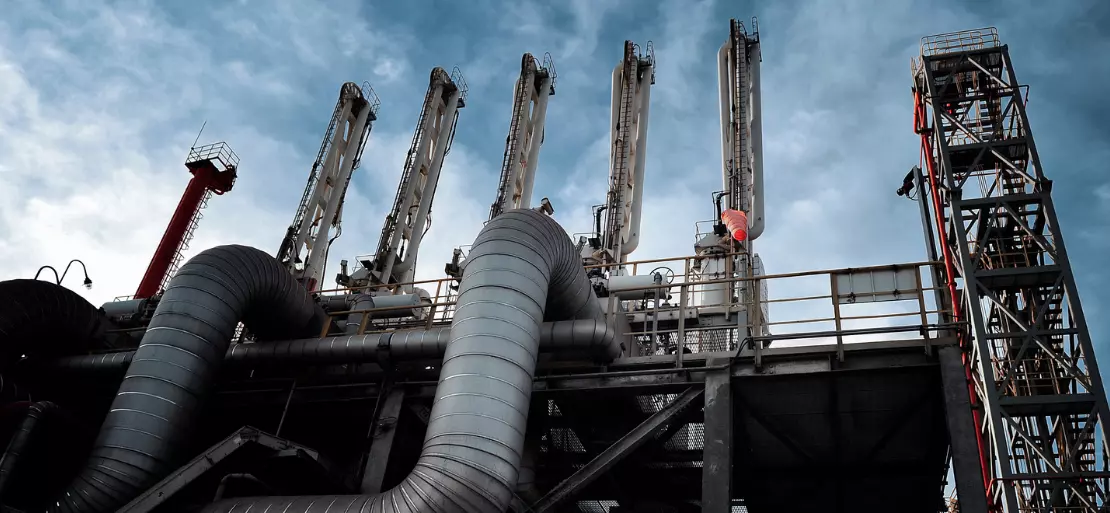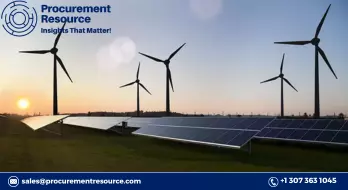Dow Buys a Small Share in a Conglomerate of Constructing an LNG Import Terminal in Germany

Dow has signed a definitive agreement to purchase a minority stake in the Hanseatic Energy Hub GmbH (HEH) and is collaborating with HEH's current members to build an import terminal to improve Germany's ability to import supplies of liquefied natural gas (LNG), bio-liquefied natural gas, and synthetic natural gas.
The HEH partnership, which now includes Dow, Fluxys, Partners Group, and Buss Group, plans to construct, own, and operate a liquified gas import terminal on Dow's industrial park in Stade, Germany. This zero-emission port will be completed by 2026 and positioned next to Dow's Stade facility.
The import terminal complements the Joint Statement between the European Commission and the United States on European Energy Security by meeting up to 15% of Germany's current natural gas demand with a planned regasification capacity of 13.3 billion cubic metres (bcm) per year.
The agreement would also allow the US to achieve roughly a quarter of its objective of exporting 50 billion cubic metres of natural gas per year to Europe by 2030. In addition, at the Dow plant, off-gas heat will be repurposed for carbon-free regasification of the liquefied gas back to its gaseous condition.
While Germany's nuclear and coal-fired power plants are being phased out, its reliance on natural gas as a transition fuel is projected to grow until adequate renewable energy becomes available in the long run.
Germany now imports nearly half of its natural gas from Russia through the pipeline, and the country currently lacks LNG regasification and import infrastructure. The project is awaiting a final investment decision, which should be made by 2023.
Germany is one of the world's largest gas importers, with over 95 percent of its consumption coming from outside. Natural gas, the second most crucial energy source in the mix after oil, represented more than a quarter of Germany's energy demand in 2021. Russia (about 55 percent), Norway, and the Netherlands are the major source countries. Only pipelines are now used to bring gas into Germany.
For years, there was no economic basis for direct LNG imports to Germany, given the country's well-connected pipeline system for receiving gas from neighboring countries and the fact that European LNG import capacity was severely underutilised.
LNG imports, according to critics, are more expensive than gas delivered by pipeline. The argument over a domestic LNG terminal had died down in recent years, and delays and uncertainties beset plans. However, considering President Putin's war against Ukraine, the potential of Russia ceasing deliveries, and high gas prices, the desire to reduce dependency on Russia has reignited discussions.
The chancellor underlined that the fixed onshore terminals might be upgraded to handle more environmentally acceptable gases in the future. Scholz explained, that an LNG port that receives gas today can also receive green hydrogen tomorrow. This is in keeping with the economy ministry's intentions.
According to a paper acquired by Clean Energy Wire on enhancing crisis preparedness, any new LNG terminal must be hydrogen ready. It is now essential to analyse how much state help is required to create the terminals.


.webp)

